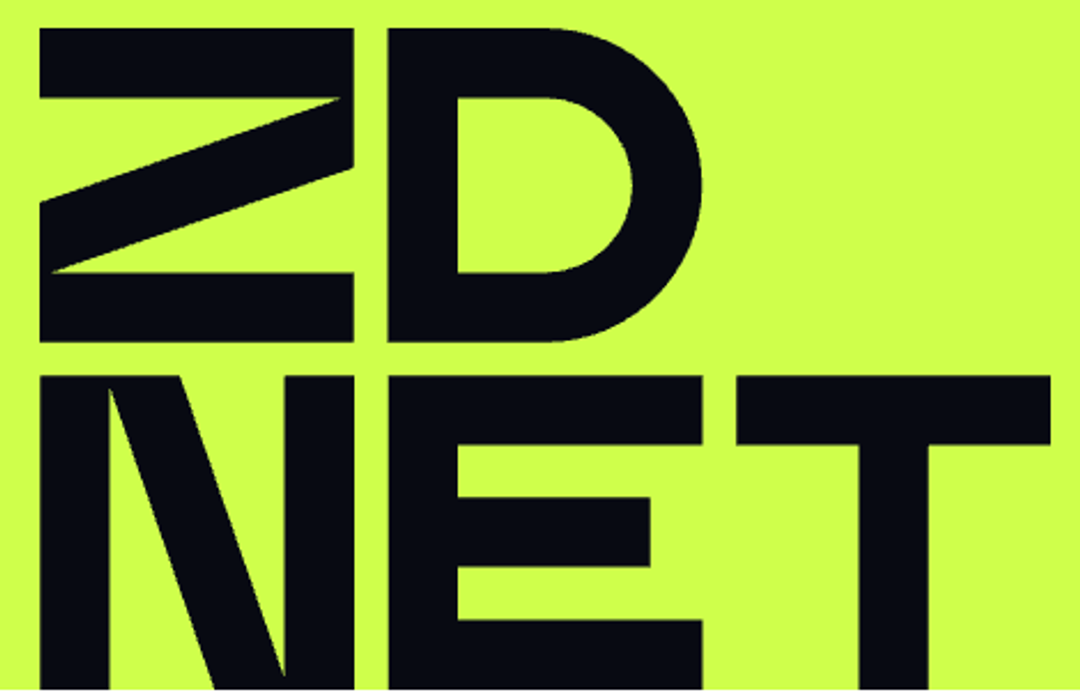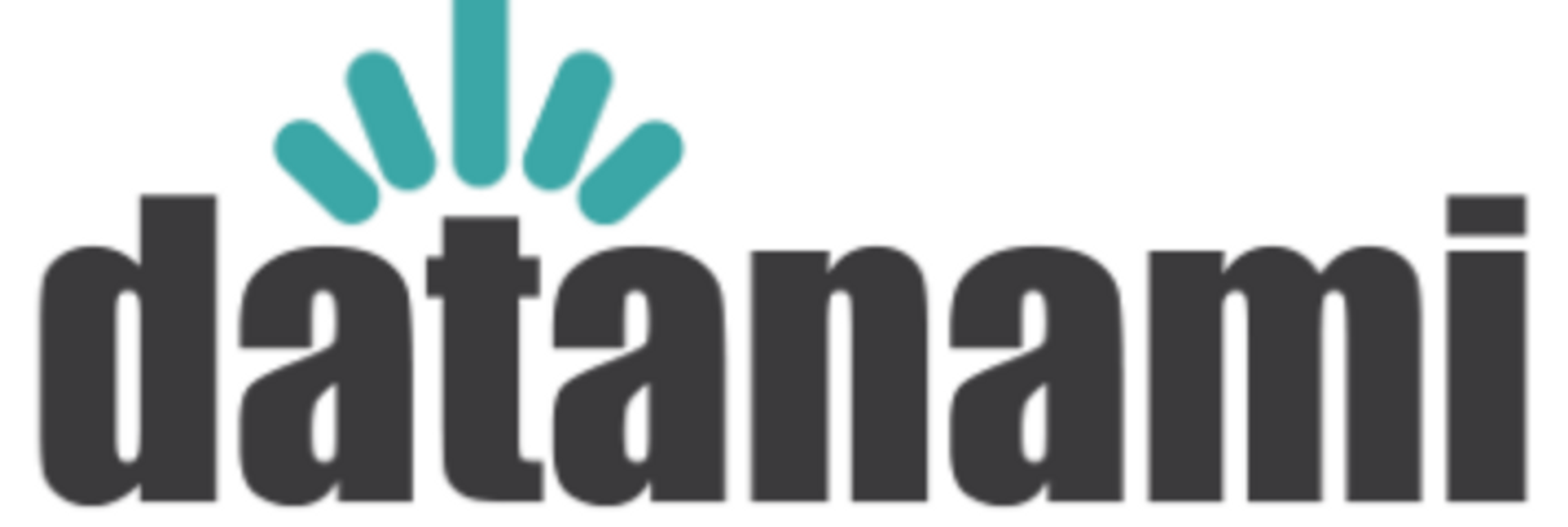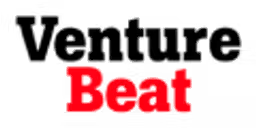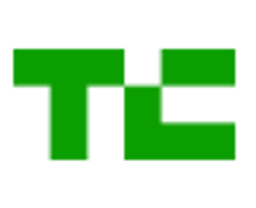In the news

DataStax Expands Strategic Partnership with Google Cloud to Offer Developers Lightning-Fast Path to Production for Enterprise Generative AI and RAG Applications
DataStax, the generative AI data company, today announced innovative integrations with API extensions to Google Cloud’s Vertex AI...
Google Cloud Next 2024: AI networking gets a boost
Google announced new cloud networking capabilities that aim to help enterprises securely connect AI and multicloud workloads. The new...

Google unveils Gemini Code Assist and I'm cautiously optimistic it will help programmers
In its announcement, Google said, "We are providing connections for Gemini Code Assist to reach multiple source-code repositories including...

Intel Launches Gaudi 3 Accelerator, Advancing Enterprise AI with Performance and Openness
At the Intel Vision 2024 customer and partner conference, Intel introduced the Intel Gaudi 3 accelerator to bring performance, openness and...

DataStax acquires Langflow to accelerate enterprise generative AI app development
DataStax, a leading provider of data management solutions for enterprises, announced today its acquisition of Langflow, an innovative...

DataStax acquires the startup behind low-code AI builder Langflow
DataStax made a name for itself by commercializing the open source Apache Cassandra NoSQL database, but these days, the company’s focus is...

Why Vector Size Matters
Vector indexes are the hottest topic in databases because approximate nearest neighbor (ANN) vector search puts the “R” in RAG...

Getting Ahead of Shadow Generative AI
Like any new technology, a lot of people are keen to use generative AI to help them in their jobs. Accenture research found that 89% of...
Press releases
DataStax Expands Strategic Partnership with Google Cloud to Offer Developers Lightning-Fast Path to Production for Enterprise Generative AI and RAG Applications
San Francisco, Calif. – April 9, 2024 – DataStax, the generative AI data company, today announced innovative integrations with API...
DataStax Acquires Langflow to Make Building Generative AI Applications 100x Easier at Scale
Santa Clara, Calif. – April 4, 2024 – DataStax, the Generative AI data company, today announced it has entered into a definitive agreement...
DataStax and Microsoft Collaborate to Make it Easier to Build Enterprise Generative AI and RAG Applications with Legacy Data
Santa Clara, Calif. – March 26, 2024 – DataStax, the generative AI data company, today announced a milestone in its journey to simplify...
DataStax to Deliver High-performance RAG Solution with 20x Faster Embeddings and Indexing, at 80% Lower Cost, Using NVIDIA Microservices
Santa Clara, Calif. – March 18, 2024 – DataStax, the generative AI data company, today announced it is supporting enterprise...
DataStax Launches Multi-region Vector Data Support, Enabling Ultra-low Latency, Highly Available GenAI Applications
Santa Clara, Calif. – March 12, 2024 – DataStax, the GenAI data company, today announced multi-region vector data support in DataStax Astra...
DataStax and Airbyte Partner, Enable Developers to Ingest and Vectorize Data from the Largest Catalog of Data Sources to Build GenAI Applications
Santa Clara, Calif. – March 7, 2024 – DataStax, the Gen AI data company, today announced a new integration with Airbyte that simplifies the...
DataStax Achieves the AWS Generative AI Competency
Santa Clara, Calif. – March 6, 2024 – DataStax, the generative AI data company, announced today that it has achieved the Amazon Web...
DataStax and LlamaIndex Partner to Make Building RAG Applications Easier than Ever for GenAI Developers
Santa Clara, Calif. – February 20, 2024 – DataStax, the Gen AI data company, today announced its out-of-the-box retrieval augmented...